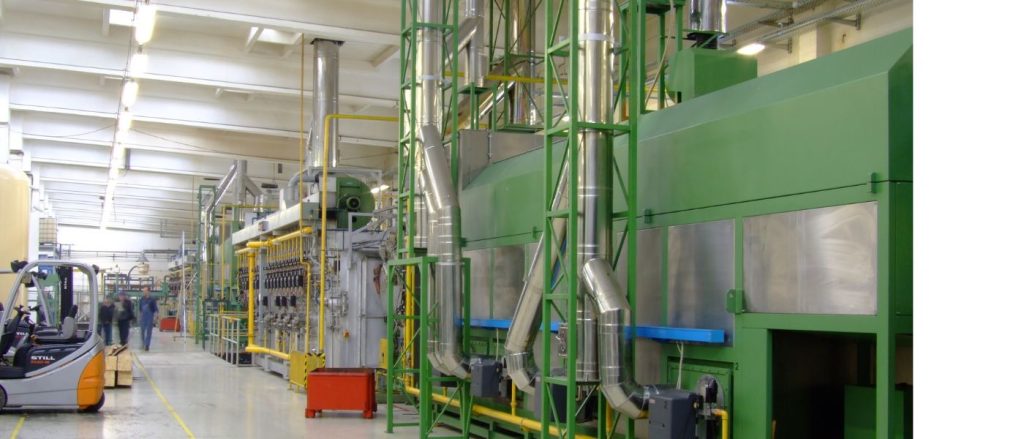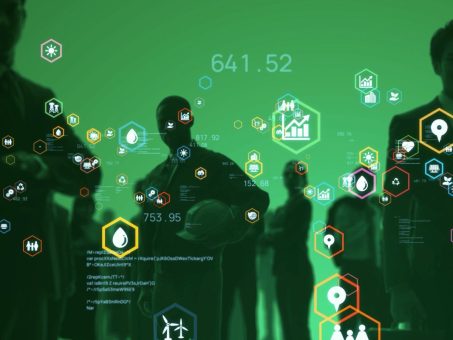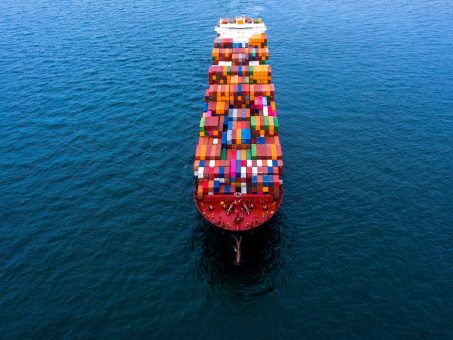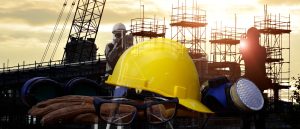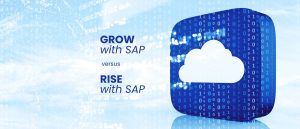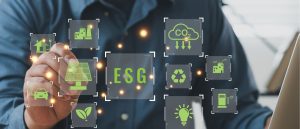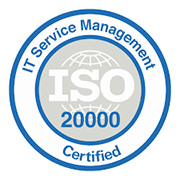Xabier Uriagereka
Right now we are in a situation of bombardment ofsustainability regulations. Every day we open the mail, the social networks or the official bulletin and we find a lot of regulations in the field of sustainability applicable to suppliers, packaging, waste, people, etc.
And beyond this regulatory expansion, what is a relevant change right now is that the playing field is widening. Until now we talked about sustainable strategy in our operations, in our business, in our facilities. Now, the new regulations are expanding that playing field, pulling upstream in the sustainable supply chain and demanding that we also take into account the impact, risks and opportunities in the value chain downstream, in the whole life cycle of our product.
That’s a major change because it forces us to ask questions that we haven’t asked before. What happens beyond our direct supplier? What happens once our product leaves our warehouse? And that has implications that companies have to address.
Challenges of the sustainable strategy
If we refer to challenges, for example, in the first place, there is a clear one, which is the carbon footprint and decarbonization. That is clear. Some companies are more advanced than others, but all of them are maturing the calculation of their carbon footprint both as a company and for their products. We all have scope 1, almost all have level 2 scope, but level 3 scope is a challenge. At the moment these are estimates, but until the real data exchange arrives, they are really estimates.
Then there is the definition of decarbonization strategies from our own operations and from our business model. How do we have to adapt to this decarbonized economy and what opportunities arise? Because we must not forget that we are talking about laws and we are talking about compliance, but opportunities also arise.
And there are companies that are doing very well, that are taking advantage of the wave to give it a boost and a launch for business.
Secondly, it is clear that in the coming years we will have to work a lot on the value chain. In other words, what happens from our product, including what happens with our direct supplier and beyond our direct supplier, from the cradle to the grave of the product. Because until now it has not been an area of study on which the management of the company has focused. And, undoubtedly, it is going to involve important needs, also from the technological point of view.
Technological need
In the short term, because we already have the directive on reporting andsustainability reports on the horizon, we will need information gateways, communication channels that allow us to receive from our suppliers, for example, their environmental management practices, how they manage social issues or sustainable governance issues.
The objective is to get a clear picture of the entire supplier portfolio, with a focus on risk in terms of non-compliance or unsound practices related to environmental management, social, governance, etc., to help establish actions and set goals.
And in the longer term, a tremendous data ecosystem will be created to be able to respond to all the data traceability schemes that we are going to need. This complicates everything a lot, because our supply chains are not linear, they are fractal, so many more players are beginning to appear.
The reports that are now being prepared with estimated data will soon have to be made with real and traceable data. If we take into account the number of sources of information and with whom we are going to have to exchange information, we will necessarily have to rely on tools that can facilitate data analysis and visualization, which will facilitate decision making. Technology will have to be a necessary partner, otherwise we will be flooded with data.
The role of technology in sustainable strategy
What is happening? So far, the volume of data, being large, is going to multiply in the field of sustainability. We are moving from managing our own operations to expanding the playing field, which multiplies the volume of data and makes it more complex to interpret. This is where technological tools come into play, such as visualization and artificial intelligence, which are capable of identifying trends, making predictions and simulations.
For example, these tools can help us design a cleaner value chain, with a reduced carbon footprint, and optimize internal material flows between our different plants to reduce the carbon footprint. Although there will always be a person to provide logic to these systems and to elaborate the discourse, the role of technology will be increasingly relevant to process all the data, analyze it and present it in an understandable way.
Leading companies in sustainability
Sustainability regulation is transforming the way companies approach their sustainable strategies. This change involves not only complying with new regulations, but also taking advantage of the opportunities arising from a decarbonized economy. Companies that manage to adapt and take advantage of this regulatory wave will be able to boost their businesses and position themselves as sustainability leaders.
In addition,technology will play a key role in this transition, facilitating data management and informed decision making. Companies must be prepared to meet these challenges and take advantage of the opportunities that sustainability offers by integrating sustainable strategy into the core of their operations and business models.
Author's information

